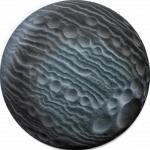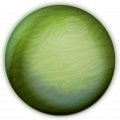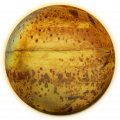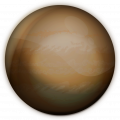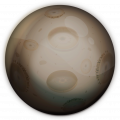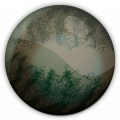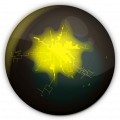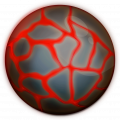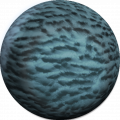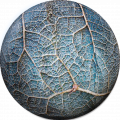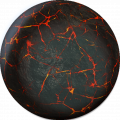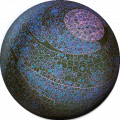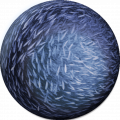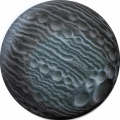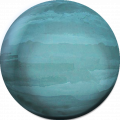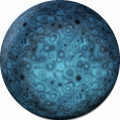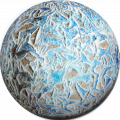Difference between revisions of "Planets"
(→Planet Population) |
|||
| Line 26: | Line 26: | ||
Each planet has a larger population than the previous one. The higher the population, the more '''[[Gene Strands]]''' can be earned from completely destroying the planet. | Each planet has a larger population than the previous one. The higher the population, the more '''[[Gene Strands]]''' can be earned from completely destroying the planet. | ||
| − | Even though planet population is not technically a form of defense, planets with higher population are harder to destroy, because they require additional | + | Even though planet population is not technically a form of defense, planets with higher population are harder to destroy, because they require additional [[Resources#Bacteria|Bacteria]] to infect. |
It's possible to view the population of previous planets since the last [[Black Hole]] in the '''Destroyed Planets''' panel. | It's possible to view the population of previous planets since the last [[Black Hole]] in the '''Destroyed Planets''' panel. | ||
Revision as of 12:25, 15 January 2018
The main goal in Bacterial Takeover is to destroy as many planets as possible.
Attacking a planet uses up all Bacteria and Nanobots, and resets colonies and Bacteria upgrades. Destroying planets unlocks new upgrades and features, such as Colony irradiation or Nanobot production.
After entering a Black Hole, the player enters an alternate timeline where none of the planets have been destroyed. The planets in the alternate timeline have the same stats and defenses, but can unlock different features. For example, destroying the fifth planet after the first Black Hole unlocks Bacteria irradiation.
The first 34 planets have unique descriptions and artwork, but the others are generated automatically.
Contents
[hide]Planet Attacks
The player can attack every planet an unlimited number of times until it is finally destroyed.
A planet counts as destroyed if its remaining population has been reduced to 0. However, it's not possible to attack a planet if the player cannot destroy enough population to gain even 1 Gene Strand.
Rewards
Killing a percentage of a planet's population earns Gene Strands.
If the player has already unlocked Minerals, completely destroying a planet also has a chance to drop a Mineral native to the current planet.
Destroying planets also unlocks new game mechanics and upgrades.
Planet Population
Each planet has a larger population than the previous one. The higher the population, the more Gene Strands can be earned from completely destroying the planet.
Even though planet population is not technically a form of defense, planets with higher population are harder to destroy, because they require additional Bacteria to infect.
It's possible to view the population of previous planets since the last Black Hole in the Destroyed Planets panel.
Defenses
Currently, there are two types of planet defenses: Nanobot resistance and antibacterial shields.
Nanobot Resistance
Nanobot resistance reduces the effectiveness of Nanobots. There are 4 tiers of Nanobot resistance.
| Planet Number | Nanobot Resistance | Nanobot Resistance Coefficient |
|---|---|---|
| 1-7 | none | 2 |
| 8-11 | basic | 1.5 |
| 12-16 | low | 1 |
| 17-22 | medium | 0.5 |
| 23-29 | high | 0.2 |
| 30-37 | advanced | 0.1 |
| 38-46 | exceptional | 0.07 |
| 47-59 | extreme | 0.04 |
| 60+ | perfect | 0.01 |
Nanobot resistance coefficient is determined by Nanobot resistance and it is used to calculate the effectiveness of Nanobots when attacking the planet.
Shields
- Starting with Tesmielara, all planets have shields, which makes them harder to destroy.
- The shield level increases by 1 for each planet.
- So the next planet after Tesmielara will have Level 2 shields and so on.
